Rice Flour For Skin: Benefits And How To Use It
Unravel the mystery of this age-old beauty tip to get flawlessly smooth skin.
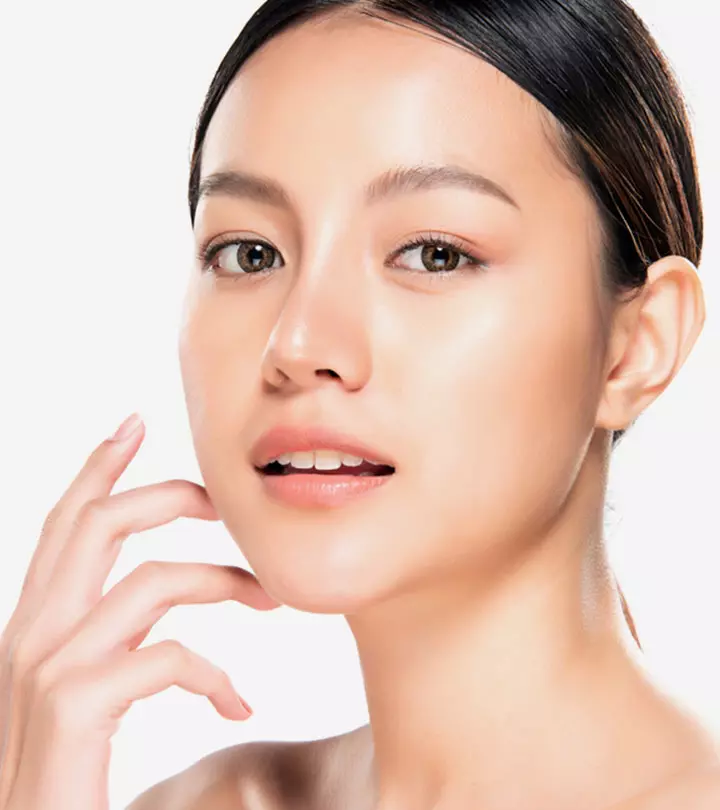
Image: Shutterstock
There are so many ingredients in our kitchen that work well for the skin. One such ingredient is rice flour. You can use rice flour for skin improvement and rejuvenation. It aids in maintaining your skin health and gives you flawless and radiant skin. This easily available ingredient has several other benefits that may help your skin in many ways. Want to know more? This article discusses how rice flour can improve your skin and different ways to use it for maximum efficacy. Scroll down to read more.
 Know Your Ingredient: Rice Flour
Know Your Ingredient: Rice FlourWho Can Use It?
Since rice flour is a natural ingredient and does not irritate the skin, it suits most skin types.
How Often?
You can use rice flour on your face daily.
Caution
Use only organic rice flour on your face to avoid harmful adulterants that may irritate your skin.
In This Article
What Is Rice Flour?

As the name suggests, rice flour is made by grinding rice grains. Rice is a whole grain and consists of three parts – the bran, the germ, and the endosperm. The bran is the outermost hard layer and is considered the healthiest part of the grain. The endosperm is the starchy middle part, while the germ is the innermost part.
The rice flour that you buy from a local store can contain these parts in different proportions. If the packaging says it is “whole grain flour”, the flour has all three elements in the powder. However, most flours on the market are made of white rice that contains only the endosperm. However, these processed grain flours also seem to offer skin benefits.
The several rice flour benefits for the skin have also led to the development of different commercial and DIY skin care products like rice flour cream and rice face packs typically made from rice powder.
Let us now explore the benefits of rice flour for skin brightening and other skin care aspects.
Key Takeaways
- Rice flour, a common kitchen ingredient, can help you get smooth, polished, flawless skin.
- It not only helps exfoliate your skin but also provides some amount of sun protection.
- Rice flour masks with honey, turmeric, aloe vera, and other natural ingredients can help keep your skin smooth, nourished, and blemish-free.
What Are The Benefits Of Using Rice Flour On Skin?
The use of rice flour on skin has been a treasured beauty secret of women in Japan, Indonesia, and other Southeast Asian countries. In the current times, South Korean beauty brands have brought the goodness of rice to the fore.
Here is how using rice flour for the face can be beneficial to you:
- May Protect The Skin From Sun Damage
There is a common perception that rice protects the skin against the sun’s harmful radiation. This could be due to a few compounds in rice, like ferulic acid and para-aminobenzoic acid (or PABA), which are also used in sunscreens. However, there is not enough research to support this claim. Some experts believe that the concentration of these compounds in rice flour is not enough to protect the skin against UV rays.
PABA promotes cell regrowth and can help repair the damage caused by the sun (1). Ferulic acid, on the other hand, has antioxidant and anti-inflammatory properties (2).
- May Exfoliate Your Skin
Rice flour can also be used as a facial scrub (3). When you apply it to your skin, it can help remove dead cells and reduce the signs of aging. Phytic acid is an antioxidant alpha hydroxy acid (AHA) but is gentler on the skin when compared to other similar compounds. This makes rice flour a fantastic natural cleanser for your skin by removing impurities and leaving your skin feeling refreshed and revitalized.
- May Help Treat Acne And Dark Spots
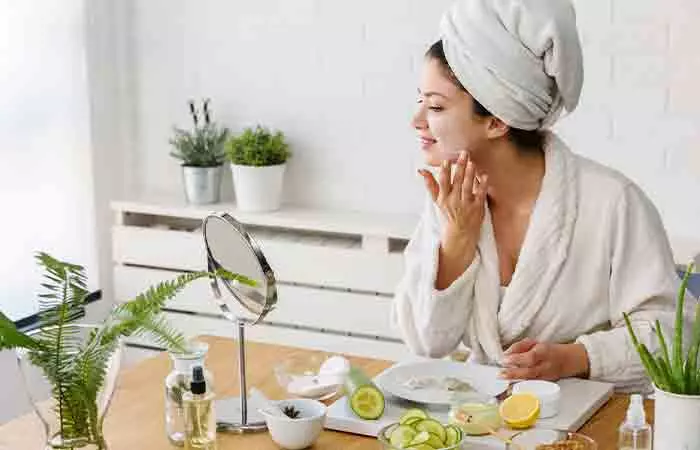
The phytic acid in rice flour may help treat acne and post-acne inflammation. Phytic acid is used in chemical peels as it can help reduce scarring and dark spots after acne (4). However, it could work only in the cases of mild to moderate acne. You may have to visit your dermatologist if your acne is severe.
Dr. Sanusi Umar, Board Certified Dermatologist, says, “Rice flour is rich in vitamin E that has antioxidant properties. So, any topicals with it in their ingredient list will be useful if want to achieve a brighter complexion.”
- May Help Remove Excess Sebum
Individuals with oily skin may benefit a good deal from rice flour. The flour has all the protein and starch removed from it and is left with only carbohydrates. When you mix it with water and apply it to your skin, it could help stabilize the fat and remove excess sebum from your skin. However, more information is warranted in this regard.
- May Minimize The Appearance Of Pores
Rice flour acts as an exfoliator that gently scrubs away dead skin cells, making your skin smoother and pores less noticeable. As it is also said to remove excess sebum, it may help prevent the large pores from getting clogged and causing acne. However, it is important to note that there is no scientific evidence to support these claims.
- May Help With Wound Healing
Rice is believed to have been used in Ayurveda for healing wounds. There is some research suggesting that rice bran proteins may help with wound closure by promoting the spread of skin cells (5).
These are a few important benefits of rice. In the following section, we tell you how you can incorporate it into your skincare regimen.
How Can You Use Rice Flour For Face?
Here are a few simple DIY rice flour face packs that you can whip up at home.
1. Rice Flour With Oats And Honey
Ingredients
- One tablespoon of rice flour
- One teaspoon of oats
- One teaspoon of honey
- Two teaspoons of milk
Instructions
- Mix the honey, oats, and rice flour in a bowl.
- Add milk to form a smooth paste.
- You can add more milk to get the desired consistency.
How To Use It
- Apply this pack to your face and neck and massage for a couple of minutes with your fingers in circular motions.
- Allow it to dry and wash it off with lukewarm water. Honey has anti-bacterial properties that may help fight acne (6). Oats may help remove the excess oil on your face. This face pack can soothe your inflamed acne-prone skin.
Gracee, a vlogger, shared her positive experience of using a homemade rice flour and honey face mask for her skin in her vlog. She said, “I feel like my face is so soft (i).”
2. Rice Flour And Tomato Juice
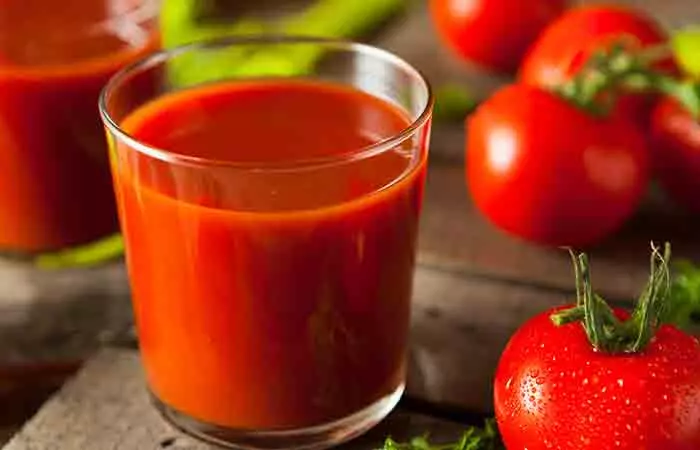
Ingredients
- One tablespoon of rice flour
- Juice of one tomato
- One teaspoon of olive oil
Instructions
Mix all the ingredients in a bowl and adjust the consistency to make a thick paste.
How To Use It
- After cleaning your face, you can apply a thick layer of this rice flour pack to your face and neck.
- Let it sit for 15 to 20 minutes or until it dries.
- Wash your face with cold water. You will notice an immediate suppleness. You can use this face pack as frequently as you like.
3. Rice Flour And Corn Flour
Ingredients
- Two tablespoons of rice flour
- One tablespoon of corn flour
- Two teaspoons of cold milk
Instructions
1. Mix both the flours in a bowl and add milk.
2. You can also add a few drops of honey to the recipe.
How To Use It
- Apply the pack to your face and let it dry. It could take 20 to 25 minutes before it dries completely.
- Wash with lukewarm water and scrub your face in circular motions.
- Gently pat your face dry.
- Once dry, you can apply a regular moisturizer to your skin.
Just like rice flour, the benefits of using corn flour for the face are numerous; however, when combined with rice flour, it becomes a holy grail for the skin.
4. Rice Flour And Aloe VeraIngredients
- One tablespoon of rice flour
- One teaspoon of aloe vera gel
- One teaspoon of honey
Instructions
- Use fresh aloe vera gel for maximum benefits. Take a stem of aloe vera and wash it thoroughly with water. Slit the outer edge with a knife and gently scoop the gel out.
- Mix all the ingredients in a bowl.
How To Use It
- Wash your face and apply this pack to your face and neck.
- Massage the pack on your face for 2 to 5 minutes and let it dry.
- Wash your face with cold or lukewarm water. This pack will leave you with clean and supple skin.
 Quick Tip
Quick Tip5. Rice Flour And Green Tea
Ingredients
- One bag of green tea
- Two tablespoons of rice flour
- One teaspoon of lemon juice
Instructions
- Brew the tea in a cup of hot water (dip the teabag in hot water).
- Allow the water to cool down.
- Take the rice flour in a bowl and add lemon juice to it. Add the green tea to this mixture, little by little.
- Keep adding till you get the right consistency.
How To Use It
- You can apply this face pack to your clean face as a thick layer.
- Allow it to dry for 15 to 20 minutes and wash off with lukewarm water. This mask will also remove the excess sebum from your face and may help calm acne and inflammation.
6. Rice Flour, Cream, And Turmeric
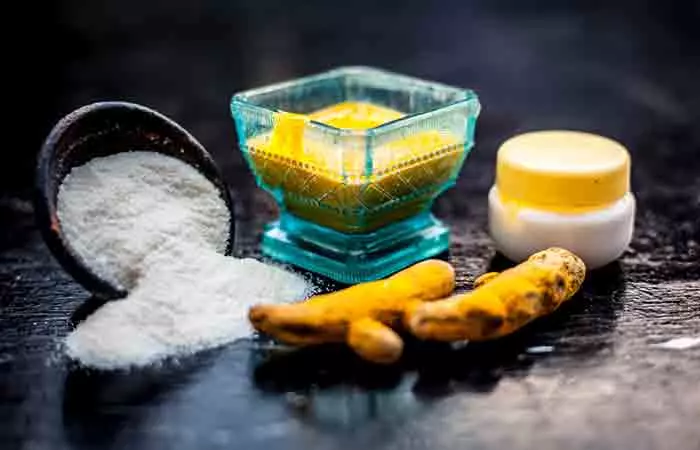
Ingredients
- One tablespoon of rice flour
- Two teaspoons of fresh cream
- A pinch of turmeric
Instructions
- Mix the rice flour and turmeric in a bowl.
- Add the cream to this dry mixture. Add as much cream as you need to get the right consistency.
How To Use It
- Apply the pack to your dry face and neck.
- Allow it to dry and wash off with lukewarm water. Apart from the goodness of rice flour, this face mask will also offer you the benefits of healthy fats in the cream. The fats will leave you with soft and supple skin.
7. Rice Flour And Castor OilIngredients
- One tablespoon of rice flour
- One tablespoon of rose water
- 2 to 3 drops of castor oil
Instructions
- Mix all the ingredients in a bowl.
- Add more rose water, if desired, to achieve the right consistency. Ensure the pack is not too runny, or it will drip from your face when applied.
How To Use It
- Apply the mask to your face and neck and massage in a clockwise direction with your fingers.
- Leave it on your face for 5 to 10 minutes or until dry.
- Wash with cold water. Castor oil has antioxidant and moisturizing properties that may boost skin health.
 Quick Tip
Quick TipIncluding these rice flour DIY beauty packs in your skin care regimen is quite simple. But can those with sensitive skin use it? Does rice flour cause any side effects?
Are There Any Disadvantages Of Using Rice Flour On The Face?
Rice flour is a natural ingredient and contains only starch. As it does not contain any irritating chemicals, you can rest assured that it is safe to be used on sensitive skin. However, it is always advisable to do a patch test before using any product on your skin for the first time.
While there are no observed side effects of using rice flour, there are times when you may not get the desired results.
When Does Rice Flour Not Work?
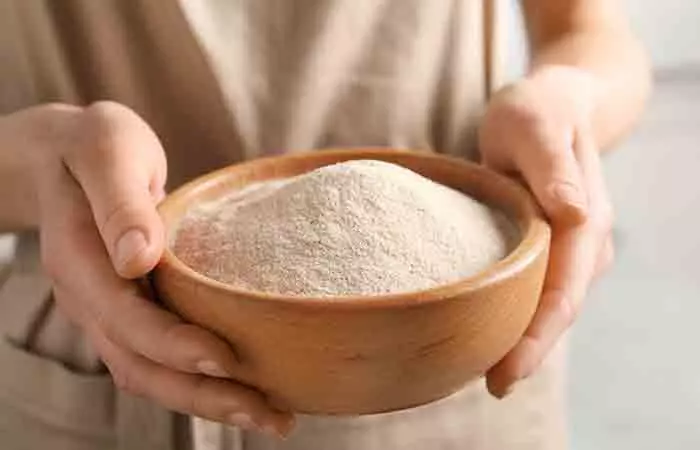
The compounds in rice flour, like ferulic and phytic acids, are used in commercial skin care products. However, there is no evidence to support the concentration of these elements in packaged rice flour.
While you can make an extract by soaking rice flour in water for a couple of hours, you can never know the concentration of these active compounds. Moreover, the quality of packaged rice may differ too.
Due to this reason, rice flour may not work for all the same way. That said, using it doesn’t seem to cause any harm. But how often can you use it?
Can Rice Flour Be Used On The Face Daily?
Yes. As rice flour is natural and does not irritate the skin, you can use it on your face daily. However, you may want to use organic rice flour to ensure it is free from pesticides and other harmful elements that may otherwise irritate your skin.
Dr. Anna Chacon, MD, FAAD, says, “You can combine rice flour with other natural ingredients to achieve glowing skin and address various skin concerns like dark circles, acne, and blemishes.”
 Quick Tip
Quick TipInfographic: 4 Ways To Use Rice Flour For Your Face
Rice flour is one of the oldest beauty hacks in skin care that is used to rejuvenate and improve your skin health. When mixed with other beneficial natural components, this gluten-free flour provides you with several additional advantages. We have rounded up 4 ways to use rice flour in your skincare and beauty routine. Check out the infographic below to know more! Illustration: StyleCraze Design Team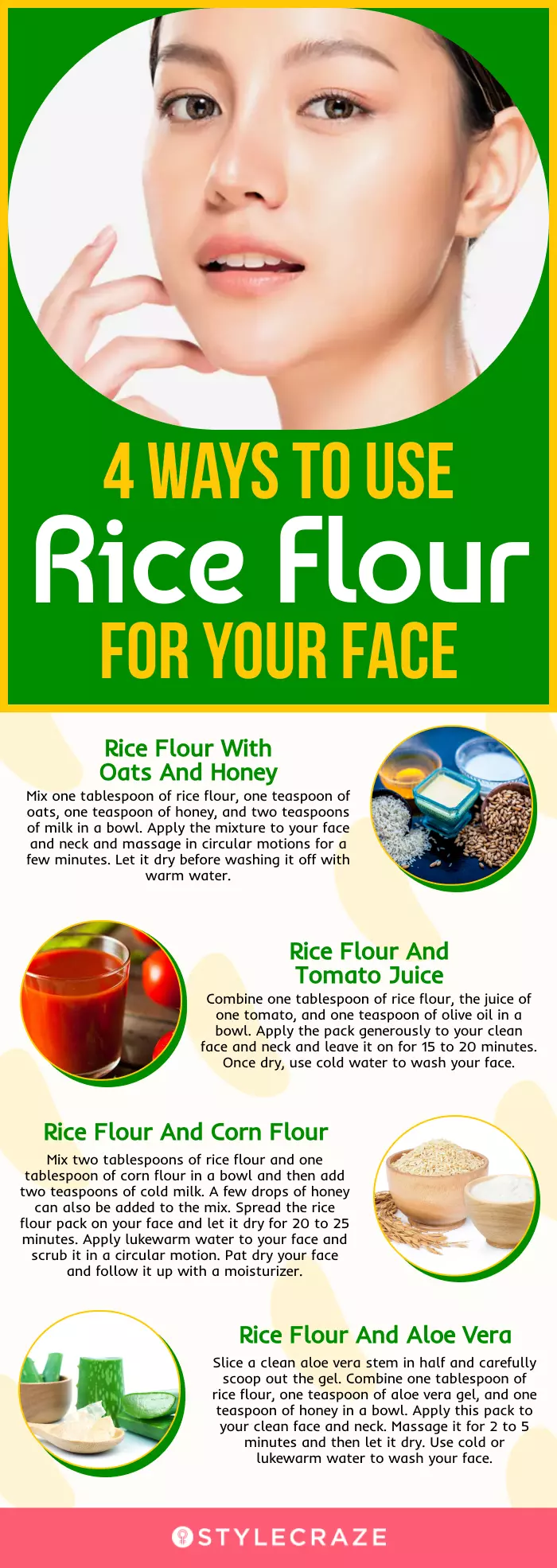
Using rice flour for skin care troubles is one of the oldest methods in many parts of the world. This Asian beauty ingredient has been popular for the various benefits it has on your skin. It is ideal for sensitive, oily, dry, and combination skin types. Applying it to your skin may help prevent sun damage, help in skin exfoliation, reduce scarring and blemishes, promote wound healing, and remove excess sebum. You may use it with other ingredients like honey, oats, cornflour, or aloe vera to reap maximum benefits. Though it does not cause any side effects, you may not see effective results if the quality of packaged rice flour is not good.
Frequently Asked Questions
Is rice flour harsh on the skin?
No. Rice flour exfoliates and brightens the skin without irritating it, has anti-aging benefits, and promotes healthy skin. However, ensure to use it in limited quantities, not more than once or twice a week.
How long does rice flour take to brighten the skin?
You must use rice flour for a month to see any visible brightening effects.
Can I leave the rice flour mask overnight?
No. Avoid leaving a DIY rice flour mask on your face overnight as it may lead to over-exfoliation. You should not leave it on your face for more than 20-30 minutes.
Can I use rice flour and curd on my face daily?
No. Since rice flour has a slight abrasive texture and exfoliates the skin, using it every day may lead to over-exfoliation. This may irritate the skin.
Illustration: What Are The Benefits Of Using Rice Flour On The Skin?
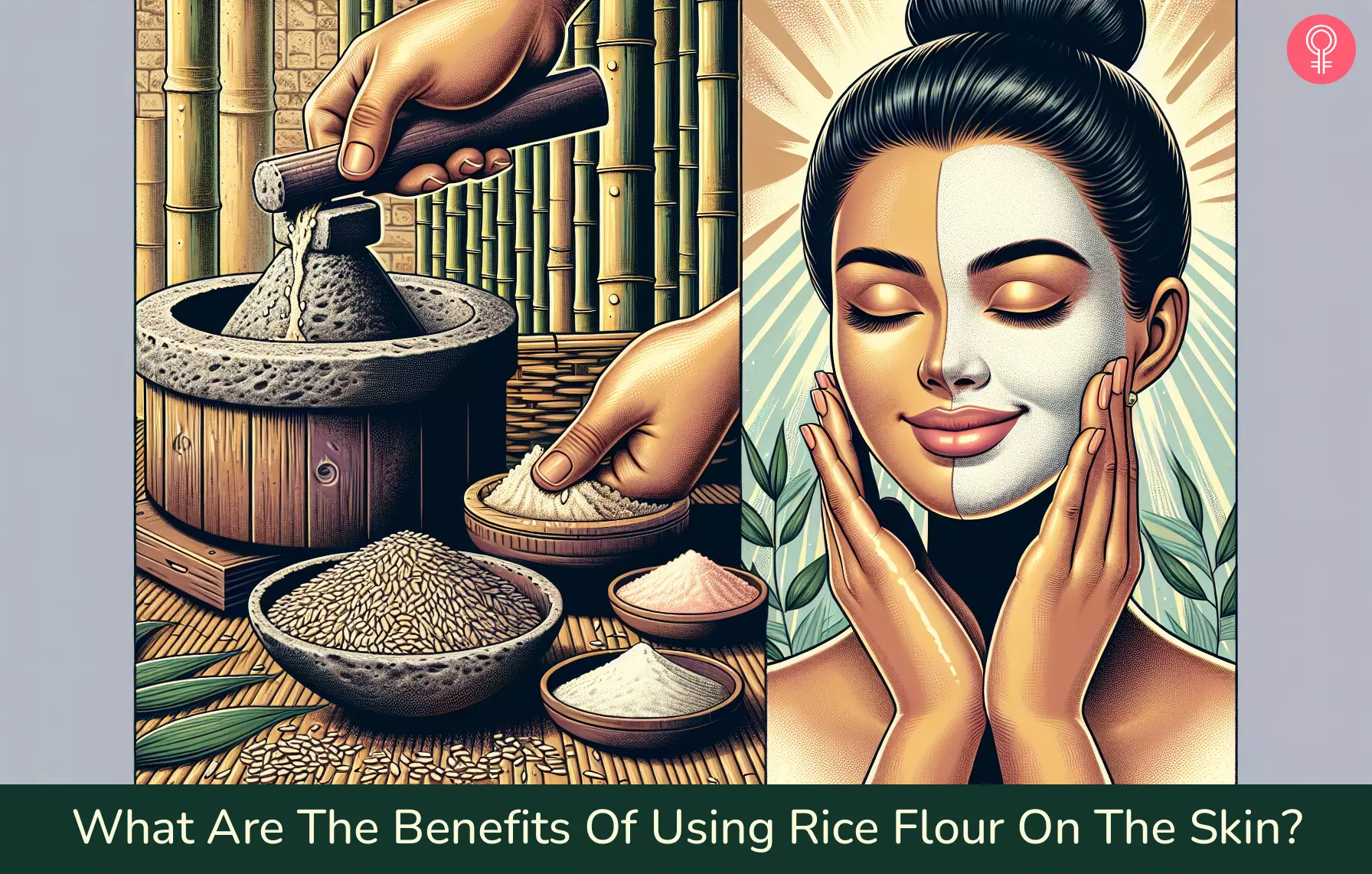
Image: Dall·E/StyleCraze Design Team
Get glowing skin with these simple rice flour face masks. Watch this video to learn how to make them and get beautiful, bright, and healthy skin effectively.
Personal Experience: Source
StyleCraze's articles are interwoven with authentic personal narratives that provide depth and resonance to our content. Below are the sources of the personal accounts referenced in this article.
i. DIY – RICE FLOUR FACE MASK | GET THAT CLEAR AND NATURAL SKIN WHITENINGhttps://www.youtube.com/watch?v=WMdYOtDZe1g
References
Articles on StyleCraze are backed by verified information from peer-reviewed and academic research papers, reputed organizations, research institutions, and medical associations to ensure accuracy and relevance. Read our editorial policy to learn more.
- Polymorphic light dermatitis. Photobiology and photoprotection.
https://pubmed.ncbi.nlm.nih.gov/988444/ - Ferulic Acid: Therapeutic Potential Through Its Antioxidant Property.
https://www.ncbi.nlm.nih.gov/pmc/articles/PMC2127228/ - The Physical Properties of By-Product Proportion in Rice Flour-Based Facial Scrub
https://www.researchgate.net/publication/346304658_The_Physical_Properties_of_By-Product_Proportion_in_Rice_Flour-Based_Facial_Scrub - Comparative Study of 35% Glycolic Acid 20% Salicylic-10% Mandelic Acid and Phytic Acid Combination Peels in the Treatment of Active Acne and Postacne Pigmentation
https://pubmed.ncbi.nlm.nih.gov/31619887/ - Wound healing activity and mechanism of action of antimicrobial and lipopolysaccharide-neutralizing peptides from enzymatic hydrolysates of rice bran proteins
https://pubmed.ncbi.nlm.nih.gov/30799089/ - Honey: A Therapeutic Agent for Disorders of the Skin
https://www.ncbi.nlm.nih.gov/pmc/articles/PMC5661189
Read full bio of Dr. CP Thajudheen
- Dr. Sanusi Umar, MD, FAAD, is a dermatologist who has been practicing for more than 20 years. He is affiliated with multiple hospitals in Manhattan Beach, California, including Torrance Memorial Medical Center and Providence Little Company of Mary Medical Center Torrance. He received his medical degree from University of Maiduguri College of Medical Sciences and is a leader in the removal of AKN (Acne Keloidalis Nuchae).
 Dr. Sanusi Umar, MD, FAAD, is a dermatologist who has been practicing for more than 20 years. He is affiliated with multiple hospitals in Manhattan Beach, California, including Torrance Memorial Medical Center and Providence Little Company of Mary Medical Center Torrance. He received his medical degree from University of Maiduguri College of Medical Sciences and is a leader in the removal of AKN (Acne Keloidalis Nuchae).
Dr. Sanusi Umar, MD, FAAD, is a dermatologist who has been practicing for more than 20 years. He is affiliated with multiple hospitals in Manhattan Beach, California, including Torrance Memorial Medical Center and Providence Little Company of Mary Medical Center Torrance. He received his medical degree from University of Maiduguri College of Medical Sciences and is a leader in the removal of AKN (Acne Keloidalis Nuchae). - Dr. Anna Chacon, MD, FAAD, is a double board-certified dermatologist with over 7 years of experience. She has authored many peer-reviewed articles and managed clinical research studies during her fellowship. She completed her medical school in the PLME (Program of Liberal Medical Education) at Brown University.
 Dr. Anna Chacon, MD, FAAD, is a double board-certified dermatologist with over 7 years of experience. She has authored many peer-reviewed articles and managed clinical research studies during her fellowship. She completed her medical school in the PLME (Program of Liberal Medical Education) at Brown University.
Dr. Anna Chacon, MD, FAAD, is a double board-certified dermatologist with over 7 years of experience. She has authored many peer-reviewed articles and managed clinical research studies during her fellowship. She completed her medical school in the PLME (Program of Liberal Medical Education) at Brown University.
Read full bio of Arshiya Syeda
Read full bio of Ramona Sinha
Read full bio of Swathi E








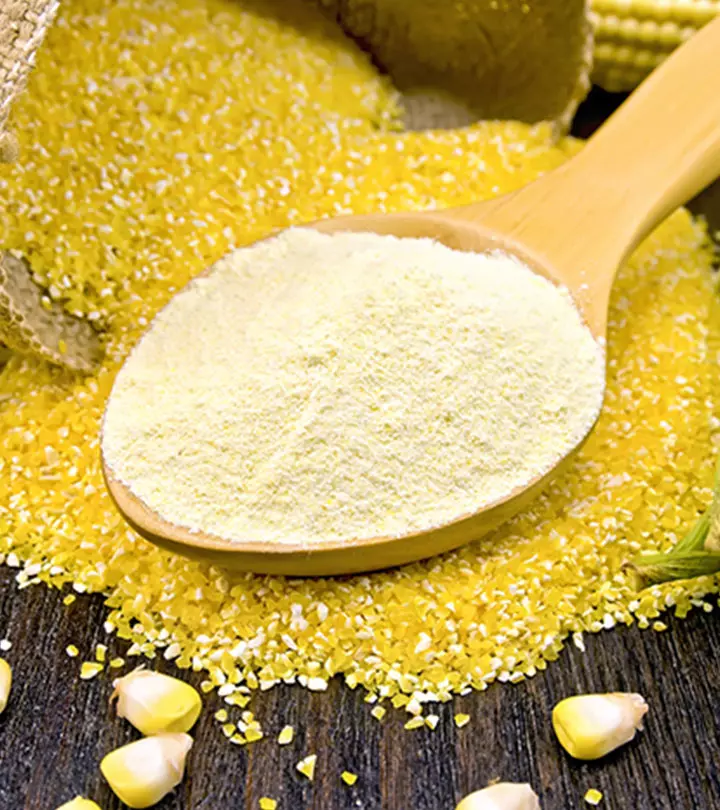
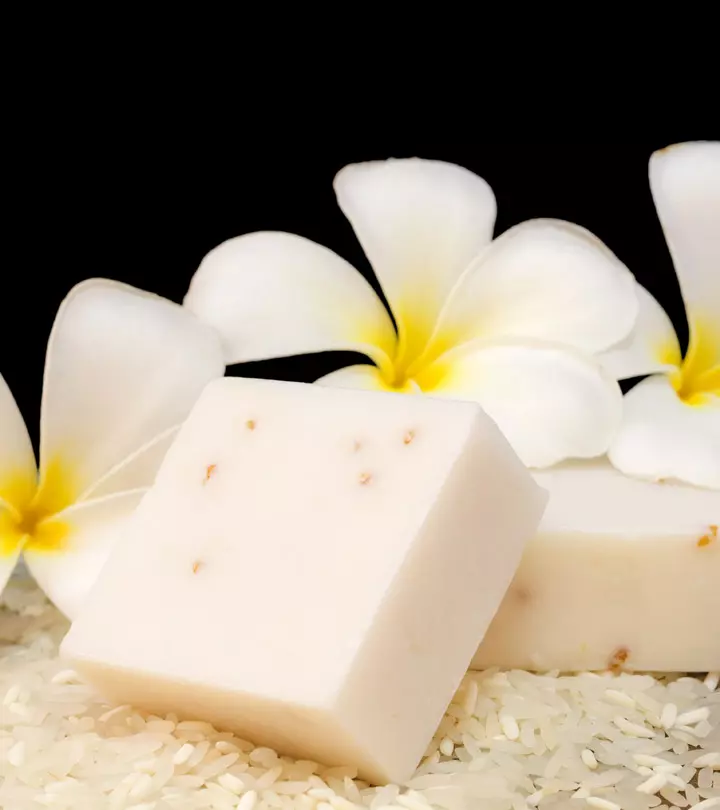
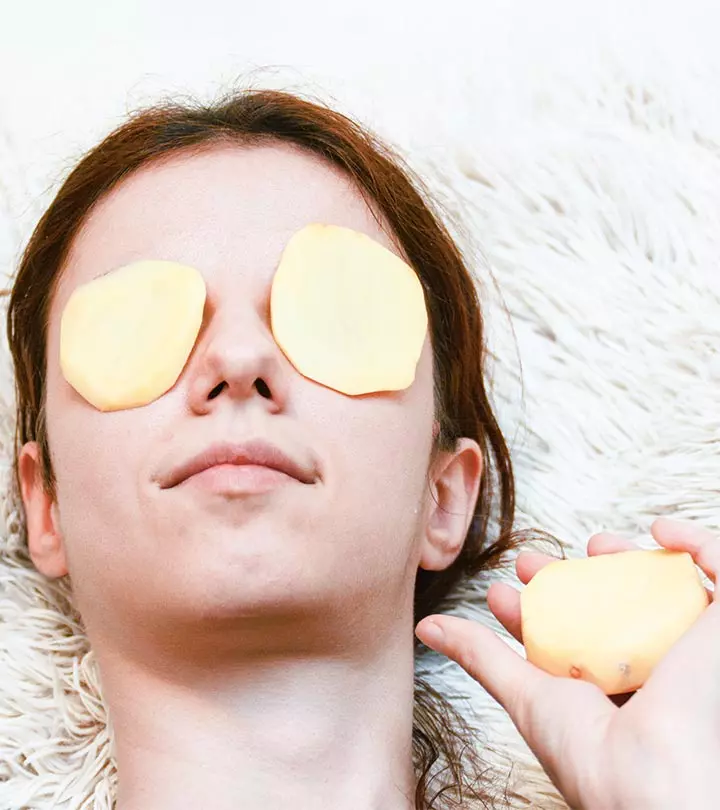


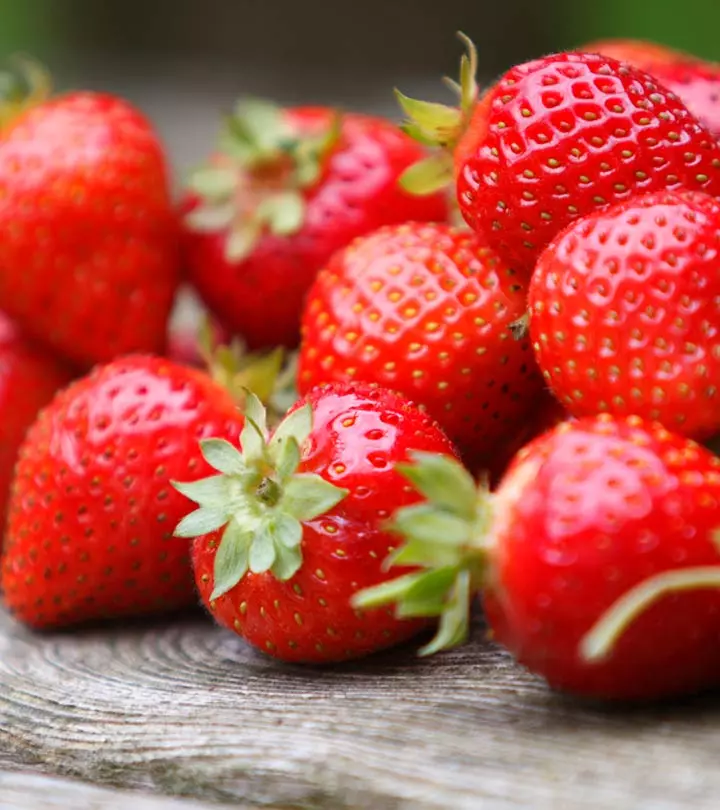
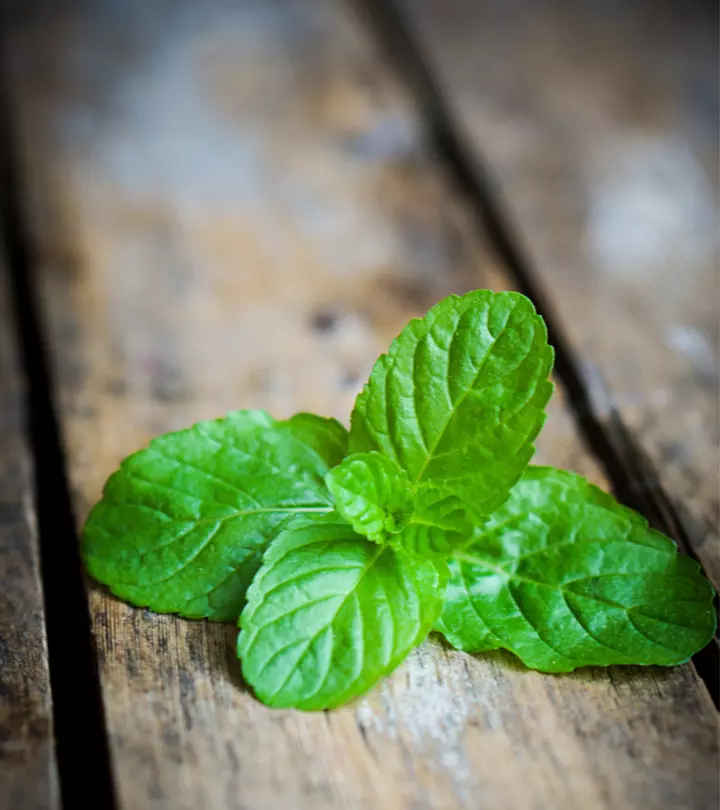
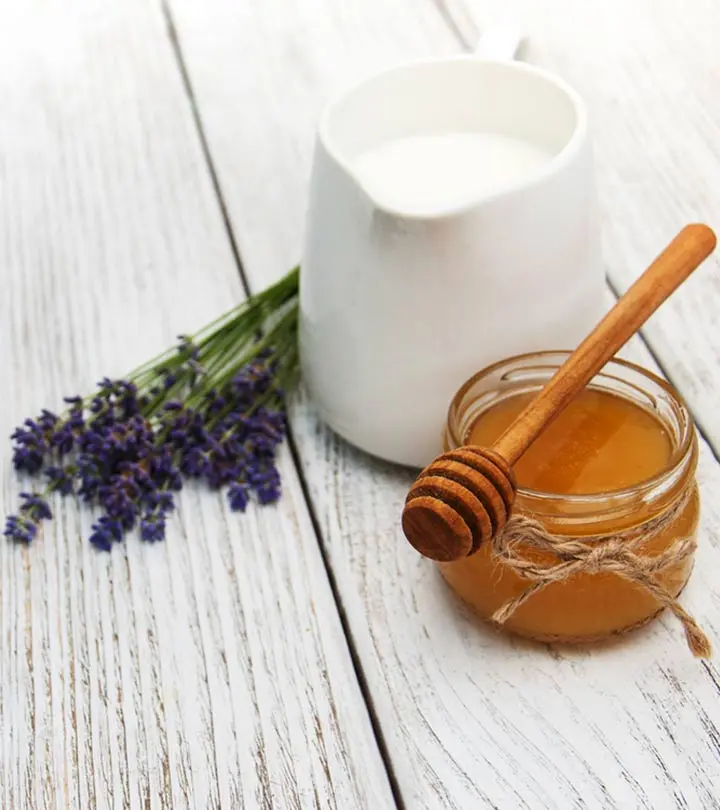
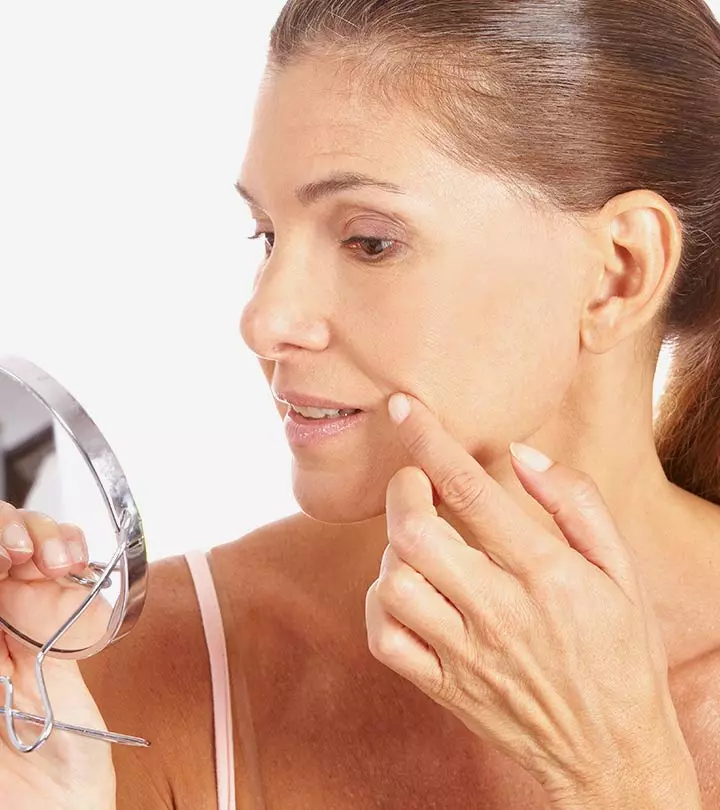
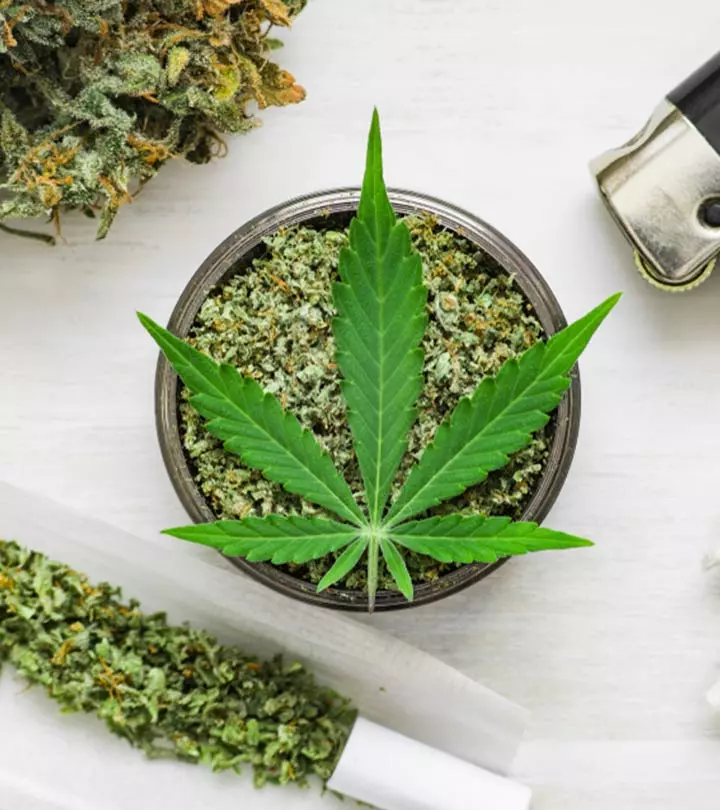
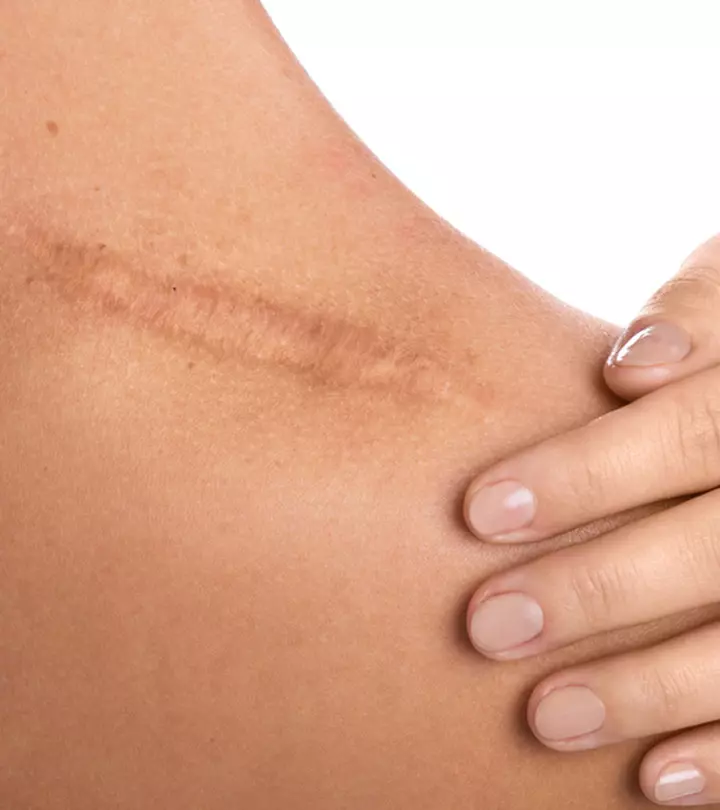
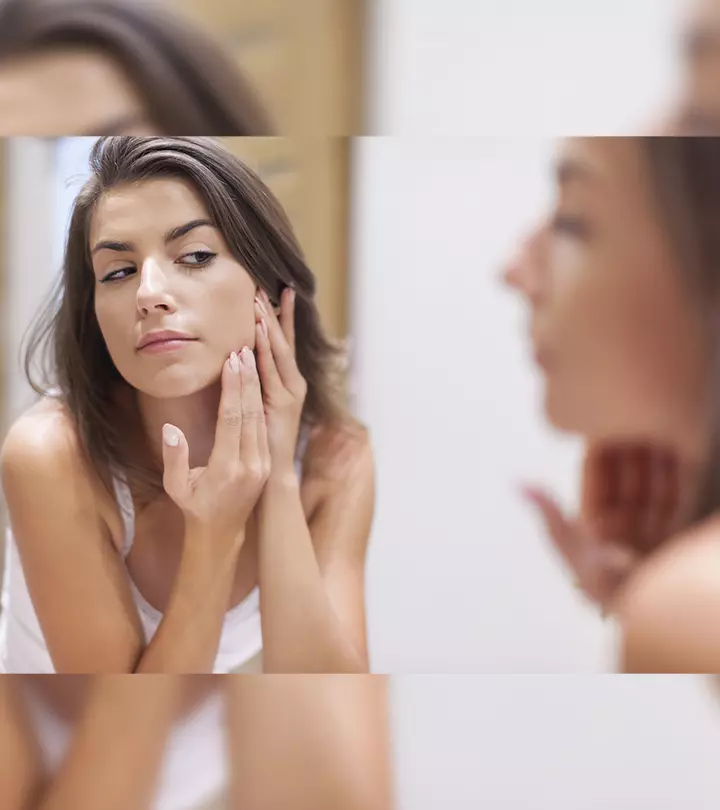

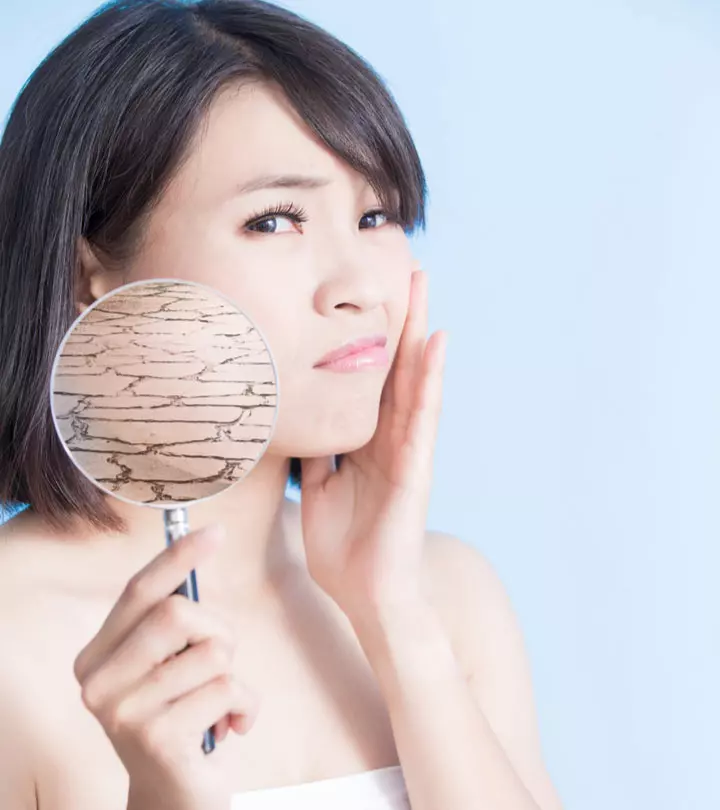
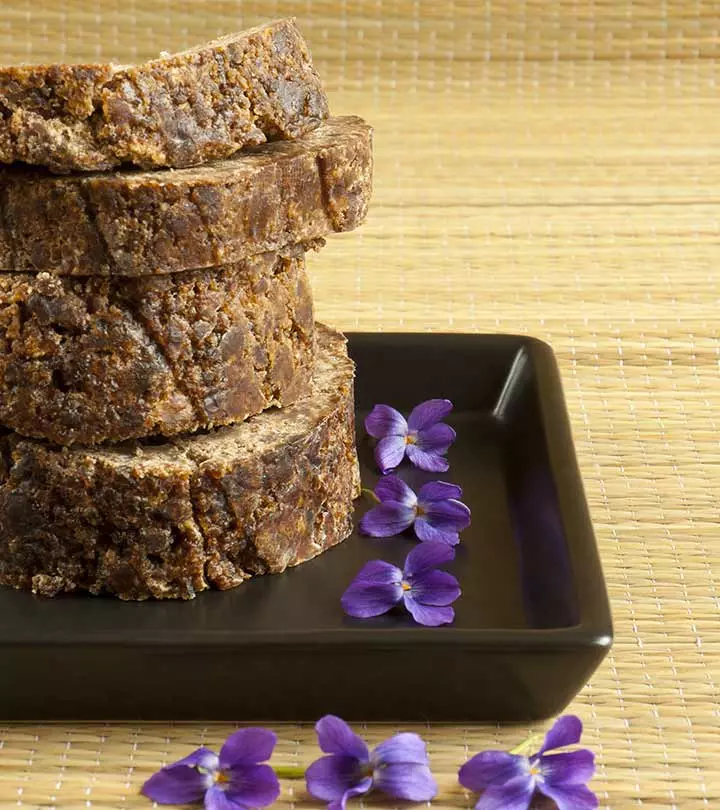
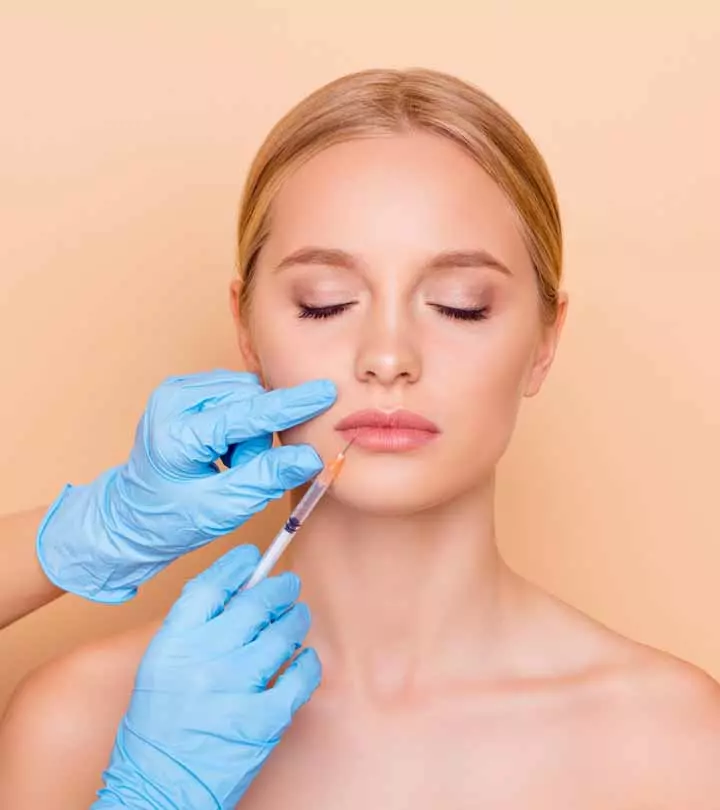



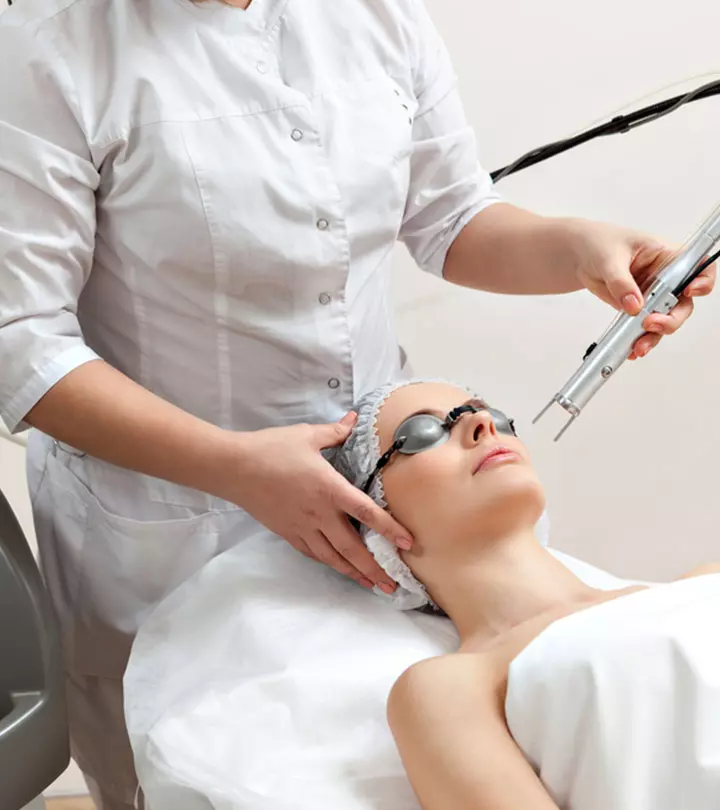
Community Experiences
Join the conversation and become a part of our empowering community! Share your stories, experiences, and insights to connect with other beauty, lifestyle, and health enthusiasts.